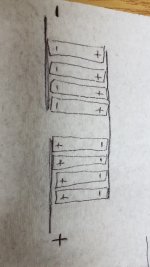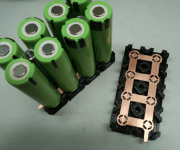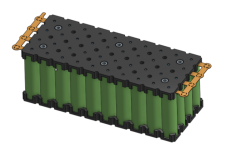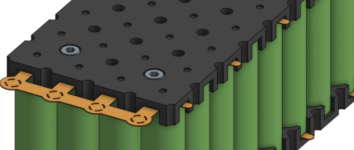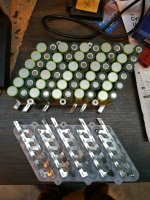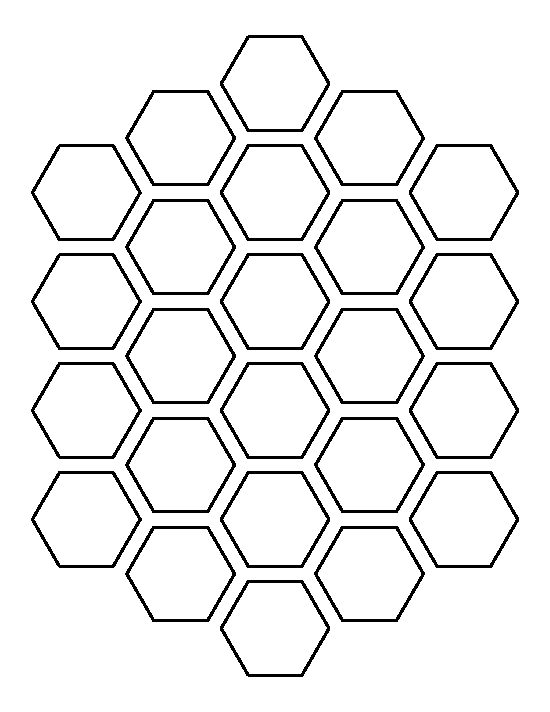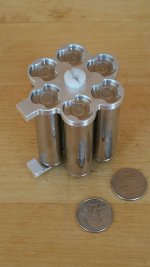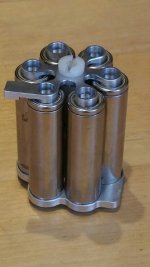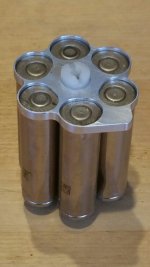tomjasz said:agniusm said:Perhaps that experience is nothing to you and you tend to chase the cheapest stuff you can get but that does not make its the right stuff.
You say learn and experiment, design. There is no design here. Take 18650 holders, put some conductive inserts with dimples in them, cells, bang with hammer and ziptie them and your done. Thats it. I am continuing working on Snath design and LFP was talking about compression and material choice to keep cells in good contact all the time and my vision is towards these guys who done incredible.
Maybe you cant test mine at the moment, perhaps it is because you wont have to, cause thats my work to make sure battery is safe as i can get it. Thats why i dont force it, its because i want it solid and tested properly.
Anyway, for 19usd, i cant beat that.
When did I EVER indicate that was my feeling or intention? I'm willing to try alternatives to you product simply because yours and quality products like it are UNOBTANIUM. One bike maker tried to introduce a similar design, and it was expensive. I wanted it regardless of the price. Since then only two products have appeared that are for sale. This and the battery blocs, that's it. Why get o fired up? He's not taking anything away from your work, and again, your fantastic design is not available. I've written before on numerous occasions, I'm in whenever you're ready. It's looking REALLY GOOD. But in the meantime here comes a youngster with an idea, he works tirelessly, communicates instantly, and wants to improve. That's the spirit of ES, just as much as your project. Don't like the idea? I get that but Don't get the attack or attempts to demean someones ambition.
Thank you so much for the kind words Sir. Appreciate it !.


